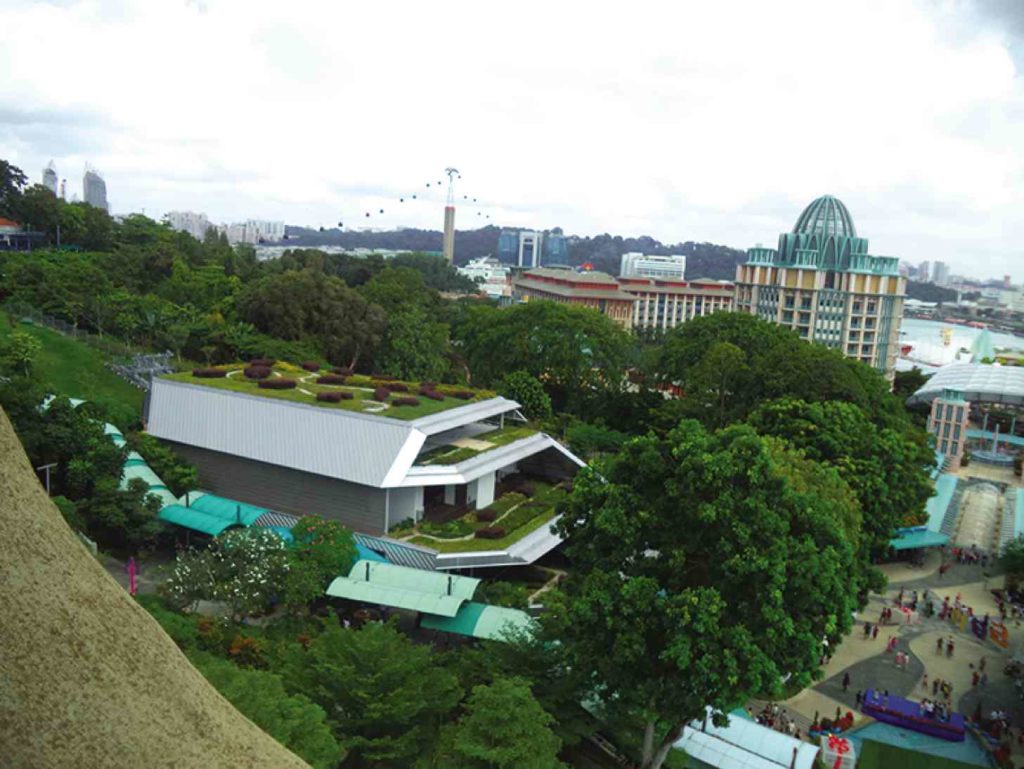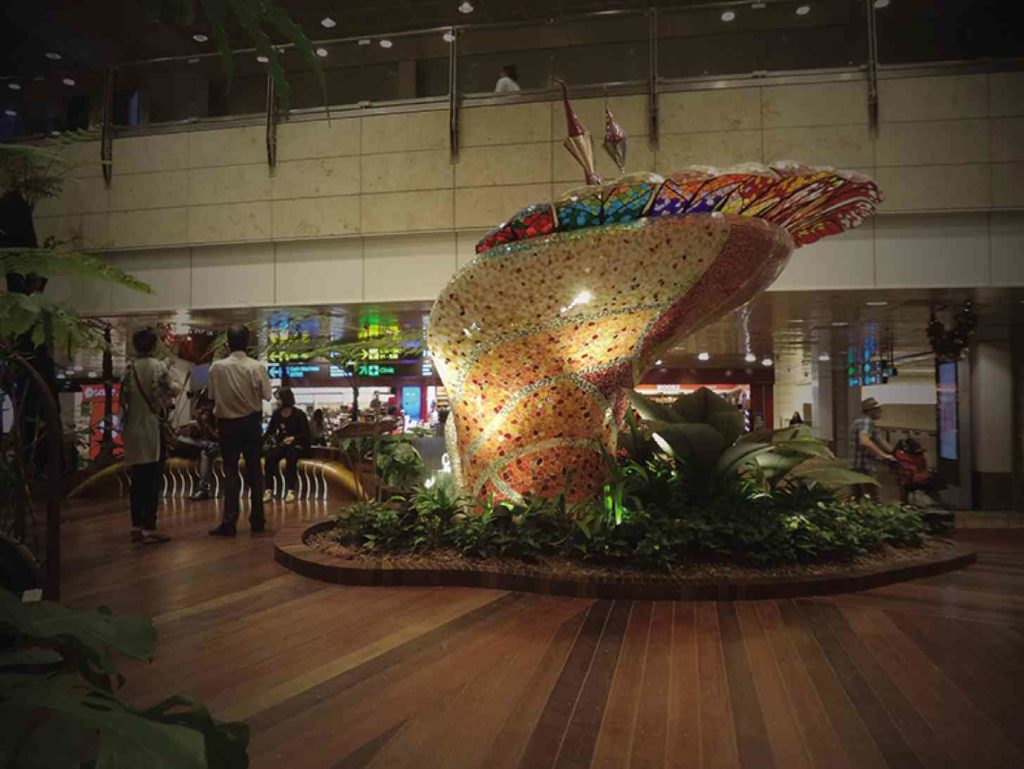When cities become forests

Singaporean buildings try to blend in with nature rather than stand out.
Urbanism and nature are often viewed as opposites. If you look up city living on the internet, you often get photos of building skylines and concrete roads. The idea is that the more advanced a city is, the less it looks natural.
Unfortunately, because of this, many cities nowadays suffer the worst environments.
Due to this problem, many designers today look toward to changing the image of the city.
Once sitting at opposite ends of the spectrum, urbanism and nature today are being driven toward each other in the quest to provide healthier cities.
Today, there exists an initiative to make cities more natural. The Biophilic Cities Project aims to make urban places livable and eco-friendly. One such partner of the project, Singapore, serves as an excellent model for this idea.

Singapore removes the delineation between natural and man-made elements.
City in a garden
Singapore, also known as the Garden City, has achieved much in a short amount of time.
Established as a republic in 1965, its then prime minister Lee Kuan Yew envisioned a city filled with numerous parks, tree-lined streets and open areas. The idea was that by creating a healthy environment, the place would become more livable for residents and attractive to potential investors.
Beginning with tree planting projects, the government led Singapore into nationwide beautification. A division was tasked to create the city’s parks and gardens, but citizens were encouraged to pitch in with the efforts.
The project was a resounding success, with over 55,000 new trees planted five years after the launch of the campaign.
Singapore continued to focus on improving its surroundings as it grew. In 2012, the government announced a shift in focus.
From being a Garden City, Singapore was going to become a City in a Garden. Whereas the former was about increasing greenery, the latter recognized that each part of the city is a potential site for landscaping.

Greenery also fill many interior spaces of Singapore.
Singapore turned its focus on vertical gardens and green roofs. Their policies made way for buildings, both new and old, to be retrofitted with greenery.
They also pushed for the provision of other sustainable elements, such as solar panels, rainwater harvesting systems and recycling schemes.
Lush environment
Today, Singapore reaps the benefits of its biophilia—its fondness for nature.
Investors and foreigners continue to flock to the city state, attracted by its lush environment.
Even with an increasing population of people, the animals and plants in the city remain abundant. Buildings offer healthy surroundings, allowing people to coincide with ecosystems.
Despite its urban progress, Singapore has managed to take care of its natural surroundings, if not improve it. The city stands as a testament to the possibility that city and nature can coincide in one setting and both can pave the way for urban and economic improvement.
Re-thinking green design
Going beyond resources and available technology, Singapore today is admired mostly for its attitude. The Australian environmentalist Peter Newman writes, “Biophilic urbanism is not really difficult or expensive; indeed, it is something that can be done by anyone if they have the necessary mindset and motivation.”
What makes Singapore unique is that they view green spaces as part of their necessities, rather than amenities that are only for a privileged few.
For them, green living is immersed with their daily lives. The need for new buildings and dwellings does not equate the destruction of natural elements. Rather, these new structures become potential canvasses for painting the city greener.
We can learn a lot from the story of Singapore in considering green design. The concept of green architecture has become popular, but implementing it has yet to be widespread in the Philippines.
Maybe if we begin to see buildings and streets with fresh eyes, not as structures but as landscapes, we can start making them part of nature.
In terms of natural resources, our country has much to offer, but there is a clear delineation between cities and natural environments right now. Maybe, if we try to erase this distinction, our cities can use these resources to improve urban environments.
Singapore has benefited from this way of thinking to combat pollution, population and unhealthy living. Maybe we can also reap these benefits if we adopt their attitude and learn to fall in love with nature again.
(Sources: www.nparks.gov.sg; Peter Newman (2014) Biophilic urbanism: a case study on Singapore, Australian Planner)
The author is a Filipino architect who studied and lived abroad for a while. Currently working for the local firm DSFN Architects, she values her time abroad for all the lessons she learned from other cultures.